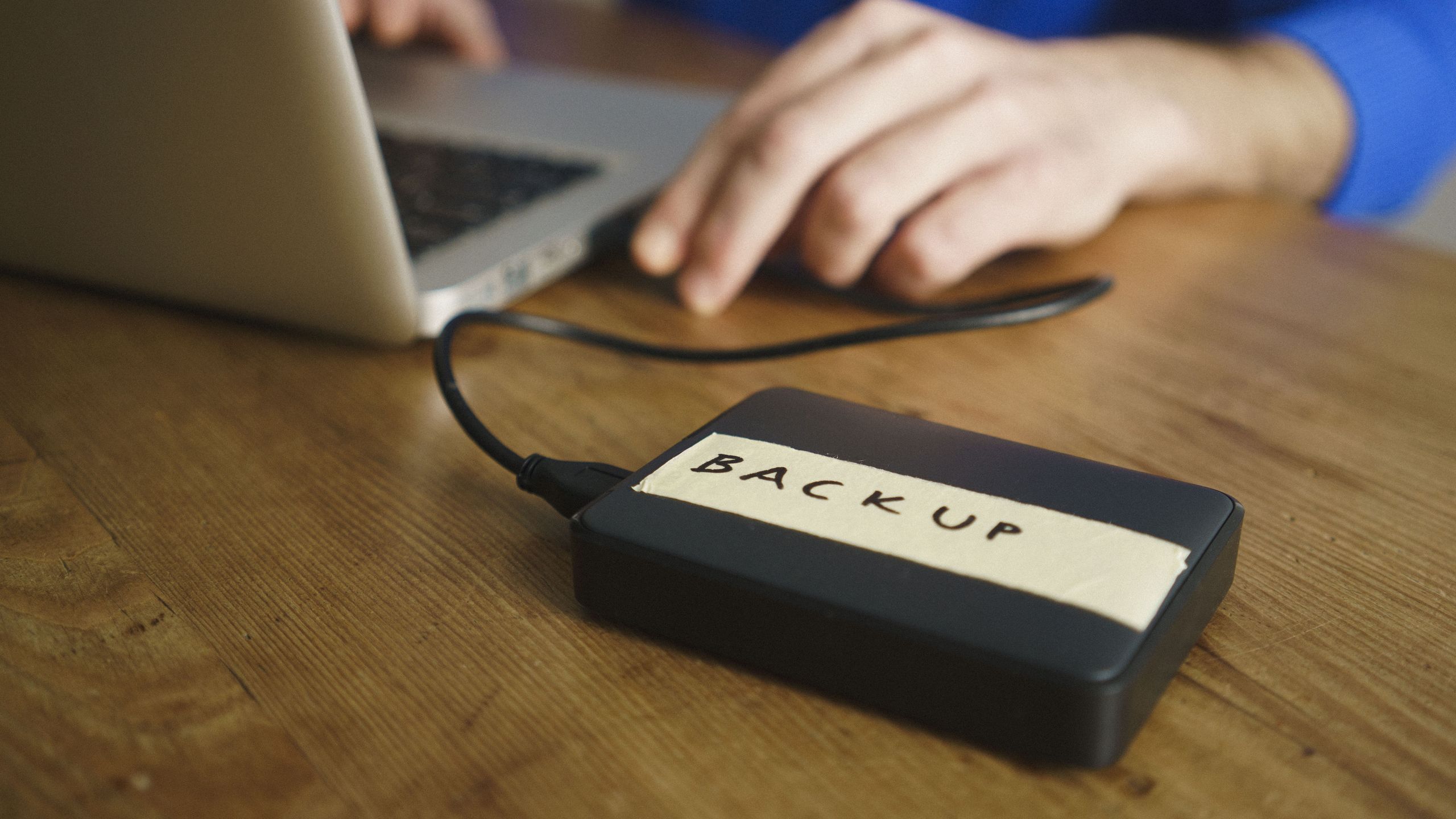Introduction
If your hard drive doesn’t have a drive letter in Disk Management, you can assign it one by following these simple steps:
- Open Disk Management (right-click the Start button at the bottom left corner of the screen and select Disk Management).
- Under Volume, right-click your hard drive and select Change Drive Letter and Paths. Click add, assign a letter, and click OK.
Tools and Requirements
Steps for How to Fix an External Hard Drive That’s Not Showing Up on Mac
- Reboot your Mac.
- Check the physical connection: reconnect the hard drive, reconnect to a different USB port, or reconnect using a different cable.
- Update software: Launchpad > System Settings > General > Software Update > Restart Now.
- Format the hard drive: Launchpad > Disk Utility > Select your hard drive > Click Erase > Click Format > Select a new format > Click Erase.
- Use First Aid: Launchpad > Disk Utility > Select your hard drive > Click First Aid > Click Run > Click Done.
Step by Step Guide to Fix an External Hard Drive That’s Not Showing Up on Mac
Before attempting the steps below, try restarting your Mac or external hard drive.
1. Check the Physical Connection
Check that your external hard drive is connected securely to your Mac:
- Reconnect the hard drive to your Mac.
- Reconnect the hard drive to a different USB port on your Mac.
- Connect the hard drive to your Mac with a different cable.
2. Update Software
Unlike Windows, you can’t update individual drivers in a Mac, so you’ll have to do a macOS update instead:
- Open Launchpad and click System Settings.
- Click General on the left-hand menu and then select Software Update.
- Press Restart Now to begin the software update.
3. Format the Hard Drive
If the hard drive has an unsupported format, you’ll need to format it. Remember that formatting the drive will erase its content:
- Open Launchpad. Search and open Disk Utility.
- Select your hard drive under External.
- Click Erase towards the top right.
- Click Format and select a new format from the dropdown.
- Press Erase.
- Reconnect your hard drive after it’s wiped.
4. Use First Aid
Mac’s First Aid function helps to detect and repair issues in disks:
- Open Disk Utility.
- Select your hard drive under External.
- Click First Aid towards the top right and then click Run.
- Once complete, click Done.
Note that to use First Aid, the hard drive must be formatted for macOS.
Final Thoughts
Hard drive issues can be concerning, but you can often resolve them with simple troubleshooting steps. Ensuring proper connection, updating drivers, and using built-in tools like Disk Management or Disk Utility can help fix access to your drive.
But if you continue to experience issues with your hard drive, it may be time to upgrade to a new one. For more tips on storage, learn how to format an external hard drive for PS4, how to install an M.2 (NVMe/SATA) SSD on your PC, and how to install PS5 SSD.
Source: Here


